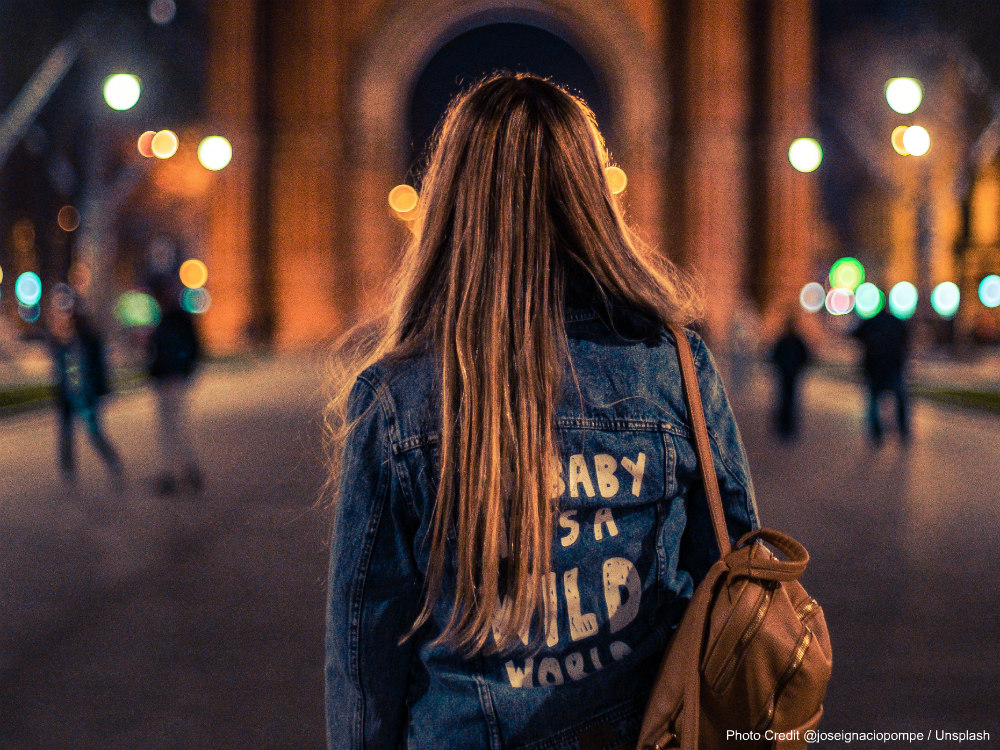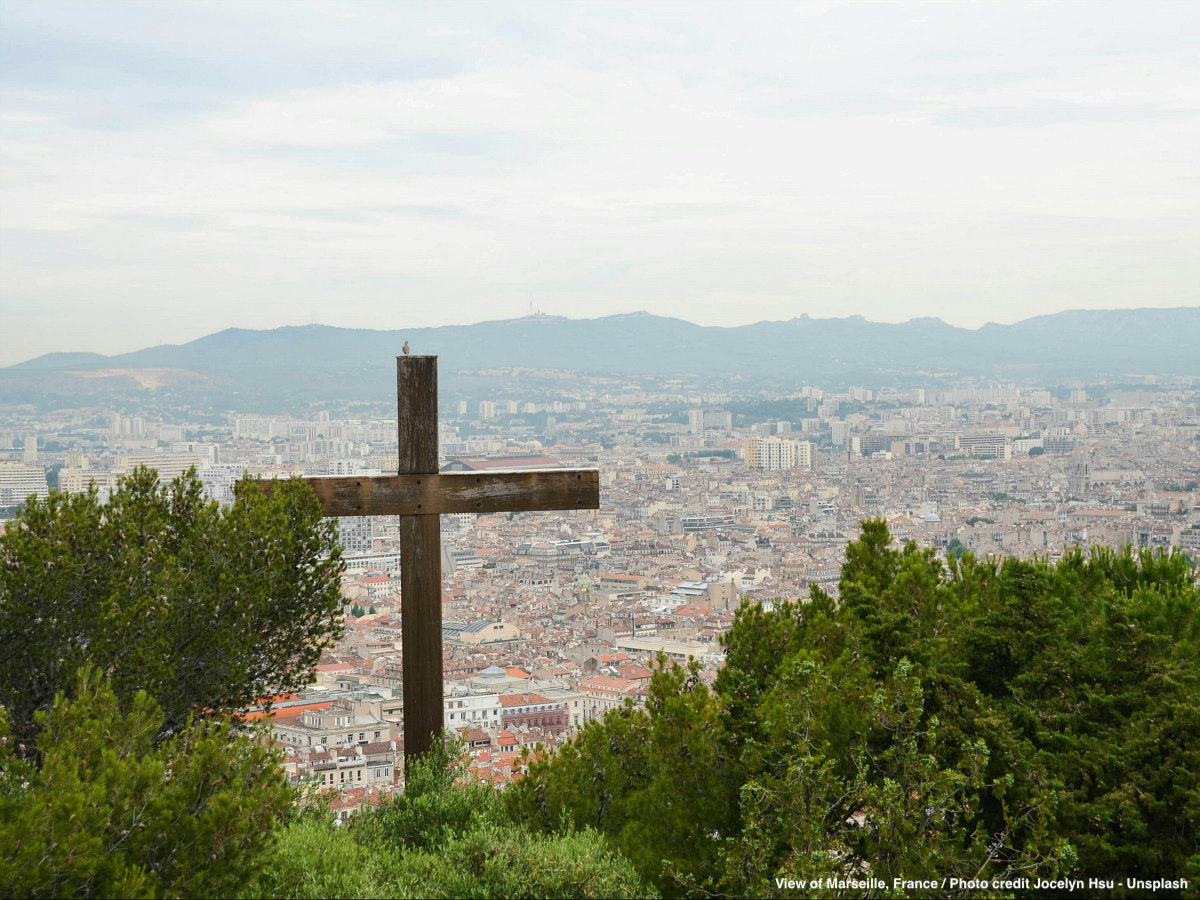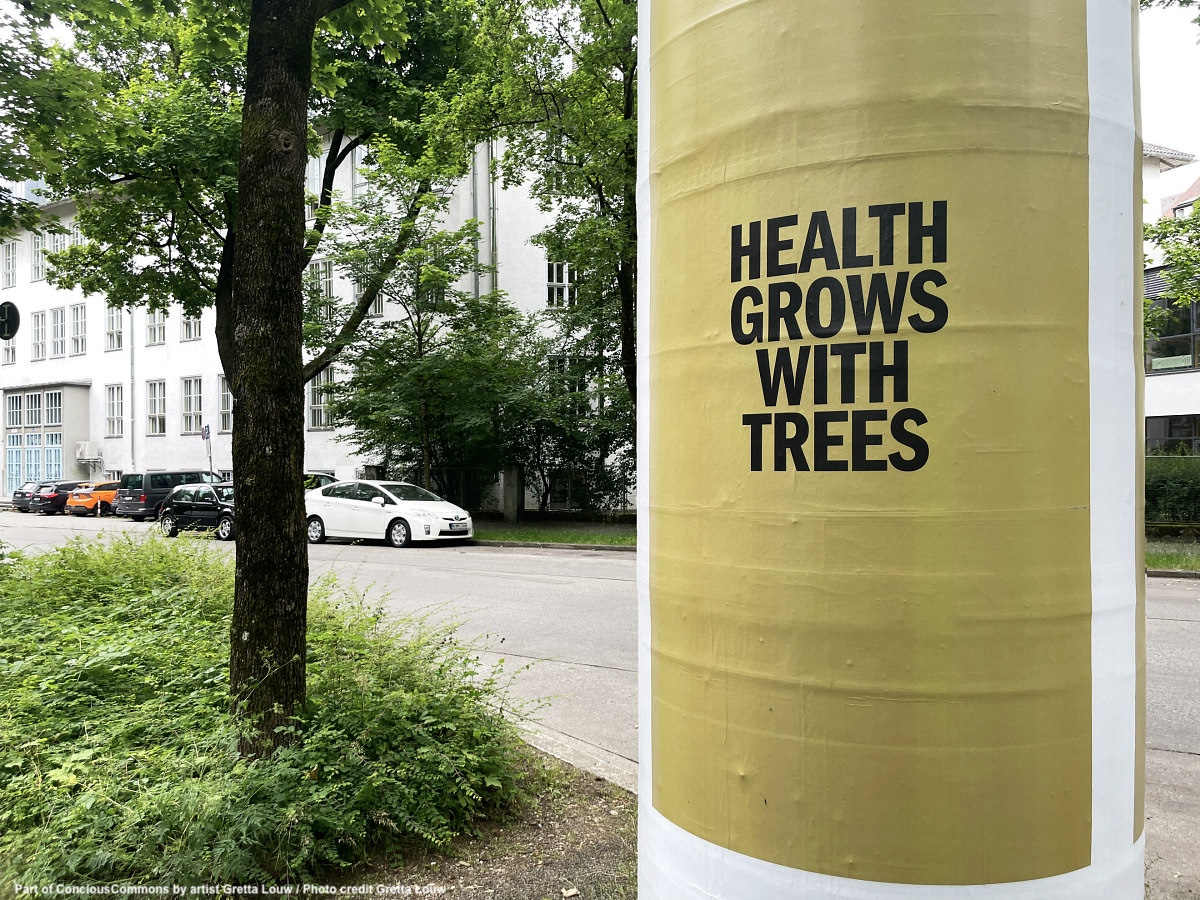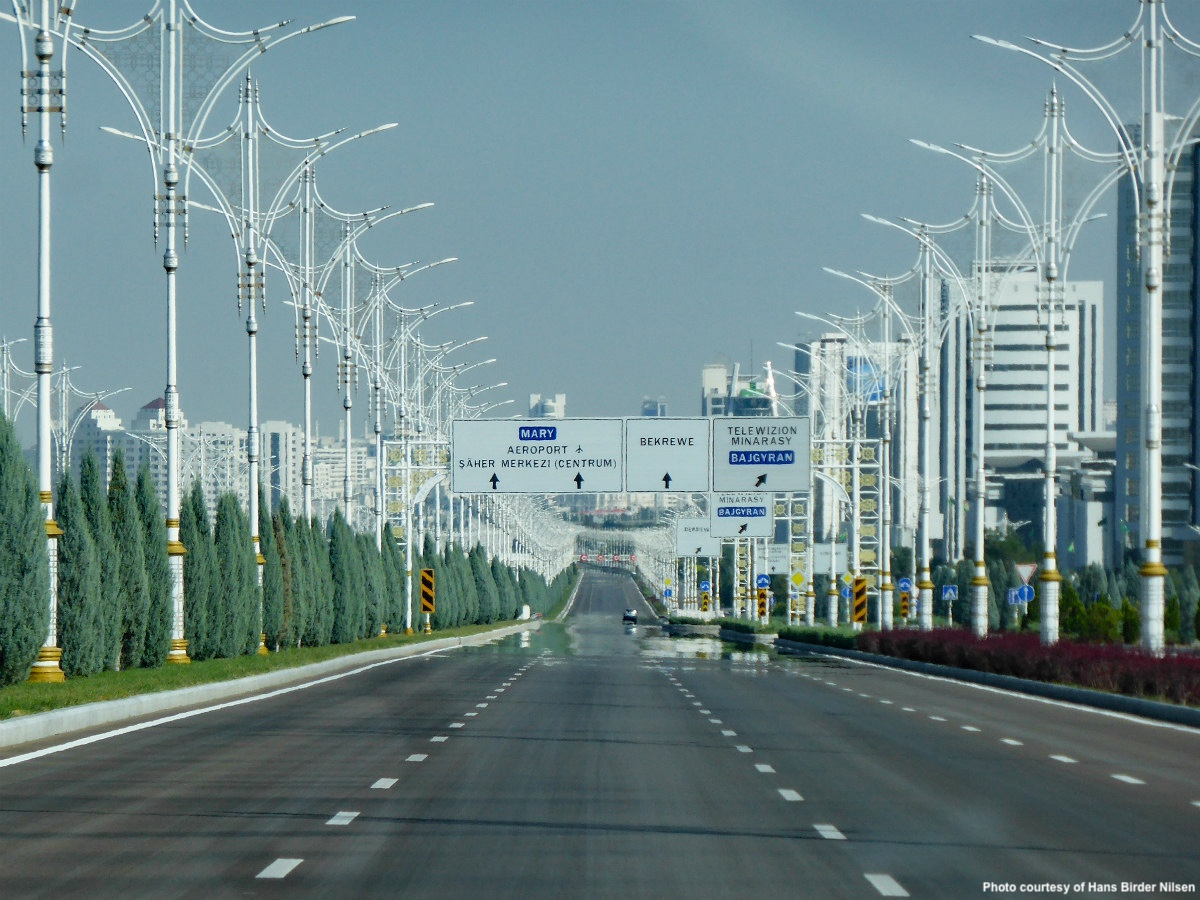It is 11 am on a sunny Sunday. A man is running after a group of youngsters shouting ‘thief!’ in the middle of the day in a busy neighbourhood. This scene of pick pocketing is just one of many others that people regularly witness on the streets of Barcelona. For tourists it is a hazard, for residents it is a daily problem. As a result citizen collaboration is on the rise in Barcelona by anonymously sharing data of violence and perpetrators to stand up for a safe city.
With a purely informative function, the Twitter account called BCN Helpers maps almost in real time all the aggressions, pick pocketing or any other criminal offences perpetrated on the streets of Barcelona. Regular citizens provide all the data in the form of images and videos. They send them to BCN Helpers so that they can immediately tweet; or retweet if people tag the BCN Helpers account instead.
The account has more than 25,000 followers on Twitter. That amounts to merely 2% of Barcelona’s population. However, it is quite amazing the amount of posts that they publish or retweet daily with pictures and videos. Which brings me to the next question. Does the account rely entirely on citizen collaboration or on specific collaborators, who patrol the city to get such great update?
Or is personal safety in Barcelona getting so bad that the chances of encountering pick pocketing or stab offenses are so high? I contacted BCN Helpers via Twitter for an interview. They were ready to answer questions over messages but refuse to meet because they operate anonymously.
BCN Helpers use a data analysis program based on the ‘socmint’ system that allows monitoring keywords or hashtags and also feed their account with complaints that come to them through private messages.
Overall, Tokyo is the safest city in the world. Barcelona ranks the 26th position.
According to the Safe Cities Index, put together by the Economist’s Intelligence Unit (EIU), actually Barcelona ranks, when it comes to Infrastructure security, in the 3rd position even before Tokyo, the world’s safest city. However, in terms of personal security it occupies the 19th position and, overall missed the index’s top 25 cities in the 26th position. The EIU looked at a wide range of factors when putting together the index, for instance digital security and health security as well.
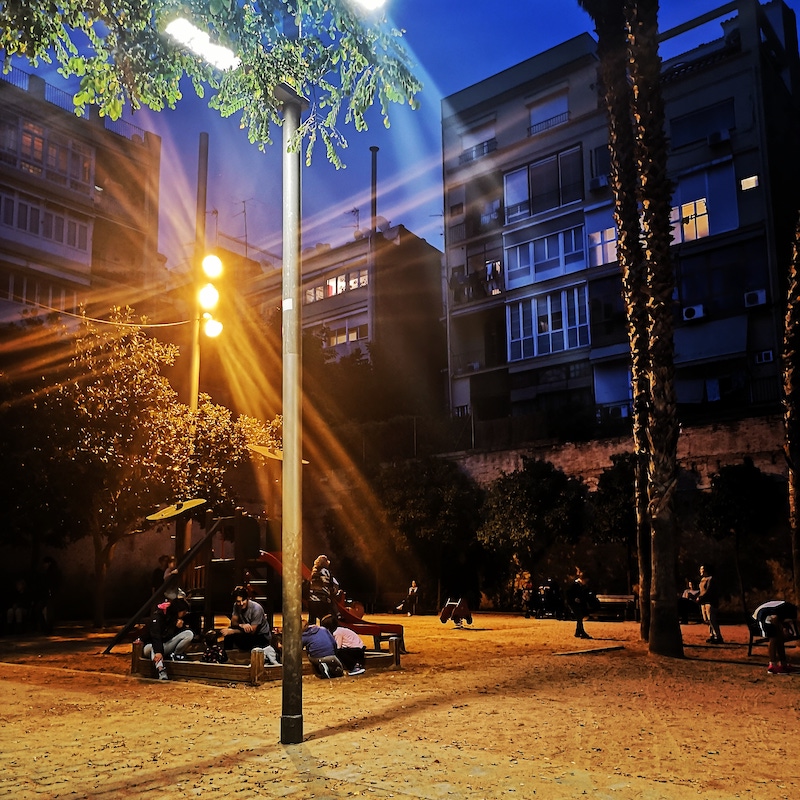
But personal security is what citizens feel more deeply as, let’s say, the threat of cyber crime because personal safety harms their social harmony and daily lives. How can a sunny city like Barcelona push for a sheer proliferation of cyclists if a potential robbery of the bike is a concern in the first place?
In addition to robbery, violence on the streets at knifepoint, often fights between drug dealer bands, and ‘narcopisos’ are the dark side of this beautiful city. ‘Narcopisos’ is the Spanish term to denominate homes illegally occupied by heroin and crack traffickers to sale drugs to the public and accommodate consumption.
Neighbours of ‘narcopisos’ have repeatedly address their frustration to the city administration. In fact, since it took so long until the police could legally enter the apartments, they had to mobilize the neighbourhood by painting the entrances of the buildings marking the existence of a ‘narcopiso’ with the hope to deter clients and cut off the drug dealers’ business.
BCN Helpers also map the location of ‘narcopisos’ in Barcelona. However, the significant increase in robberies with violence is even overshadowing the problem of ‘narcopisos’. And with no end in sight.
Under Spanish law, if you steal something worth less than €400, it’s a falta (misdemeanour), not a delito (crime). If police catch an offender, he will be fined, probably around €50, but however many times you re-offend, it remains a misdemeanour and as an offence it is not cumulative.
A lax legal system is often the focus of conversations about immigration in Spain. Specially, as all eyes are currently directed at the MENAS (Not Accompanied Minors) who are mainly from Morroco. Barcelona has shown to be incapable of handling these youngsters looking for a better life. They wander the streets of Barcelona with little hope of prosperity and sometimes see glue-sniffing as their only occupation.
Some citizens and media have accused BCN Helpers of spreading racism as they explicitly describe in their posts the nationality of the perpetrators. They claim that they only want to offer a fair description of the offenders and they do not really care about their nationality.
But how far can citizen collaboration go to make a city safe?
How far can citizens go and take the law into their own hands? BCN Helpers describe themselves ‘as a collaborative platform in favour of citizen’s safety’. ‘We only patrol the networks in search of criminal acts. According to article 259 of the Criminal Procedure Law it is a citizen’s duty to report criminal acts, in addition to i being a civic duty’.
In other cities with high criminality rates, citizens collaborate in bold ways to make their cities safe. In Palermo an organization called Addiopizzo, jointly lead by mostly young people, is disrupting the endemic and vicious circle caused by the Mafia’s stranglehold of the city. No violence is involved; something much more powerful is gaining force: social cohesion and collaboration among citizens.
This idea of citizen collaboration to support a safe city is not new. Back in the 70s Curtis Sliwa, a citizen of Brooklyn frustrated by the rampant criminality in the subway system, formed a group of dedicated volunteers in New York City called Guardian Angels. They rode the subways to conduct safety patrol until today. They have even exported this idea to other US cities and around the world.
As a matter of fact, a 41-year-old woman who was born in New York and has lived in Barcelona for 13 years, contacted the leader, Curtis Sliwa, and now the Guardian Angels Barcelona are patrolling the streets as well.
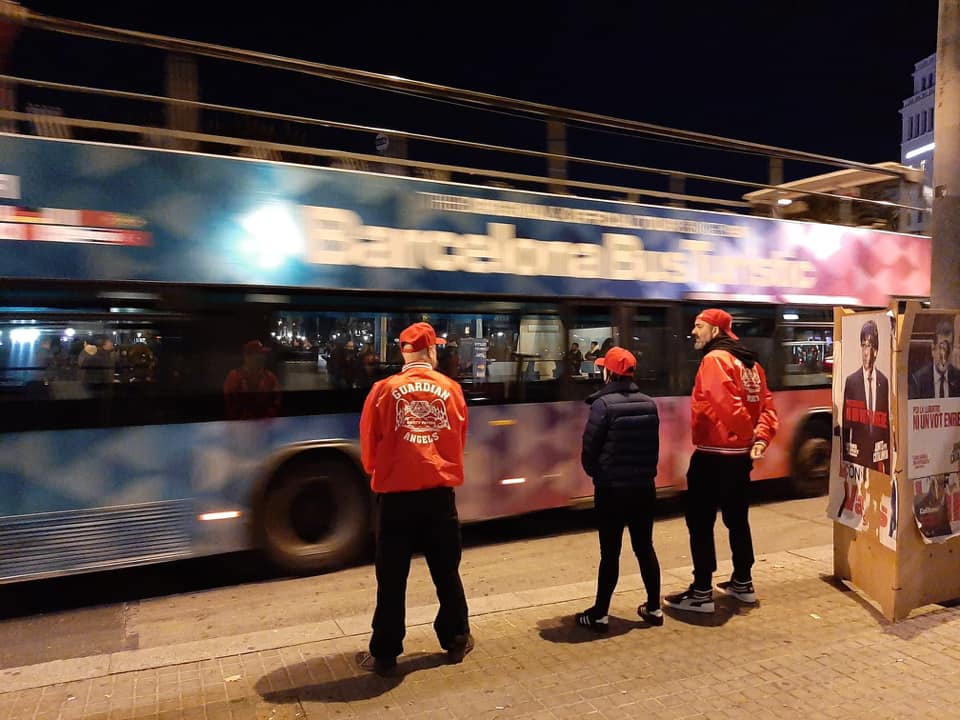
The city mayor of Barcelona and the security forces are against groups who self-organize and think that law enforcement should be left solely to the local and national police forces.
@Mikebikeanddad, one of the members of the Barcelona Guardian Angels, tweeted: ‘we are all volunteers, unarmed and apolitical, and are freely giving our own time, not only to make the city safer, by visible preventative patrolling, but also work in the community on projects that will strengthen it and make people more cohesive, and valued’.
Citizen collaboration matters for a safe city.
As BCN Helpers shows, citizens can provide real-time on-the-ground information on safety concerns, vandalism and emergency health situations, if they are given the right tools.
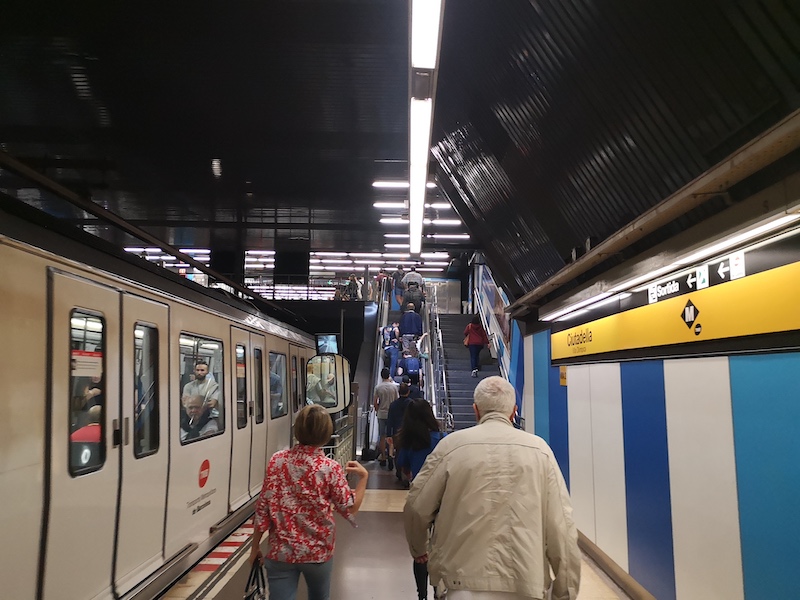
In the article ‘Collaboration is the key to smart(er) cities’ by Danny Itzigsohn, he stated that ‘the trick is to pull all of the information together in a way that separates the nuggets from the noise…… In fact, combining and integrating data from these multiple and varied sources could underpin a city-wide action plan that marries improved efficiency with increased safety and faster reaction times for first responders’.
For instance, the application SafetiPin provides a number of technology solutions to make our cities safer for women and others in India. They use apps to collect information and engage with individuals, and provide back end solutions for large scale data collection and analytics. They work with governments, NGOs, city planners, police, international agencies and corporates, to provide and use safety data to improve safety conditions.
Cities can engage with their citizens in different ways to do large scale data collection. Citizens in Barcelona are already reporting incidents in social media. Instead of letting citizens take matters into their own hands alone, municipal departments, police and emergency services need to join forces with them to combat criminal activities. Collaboration across the entire urban ecosystem needs to stand up for a safe city.
